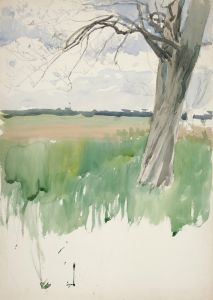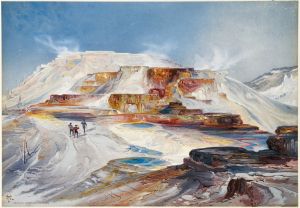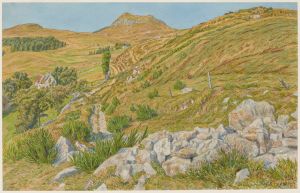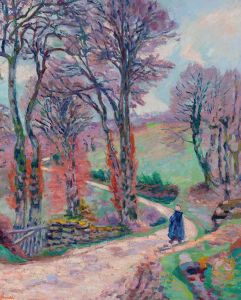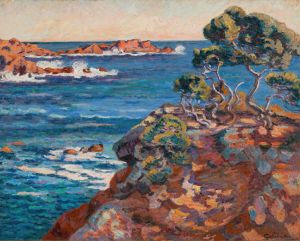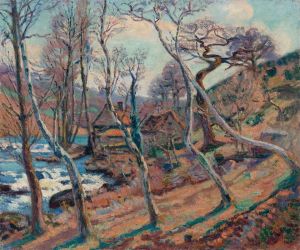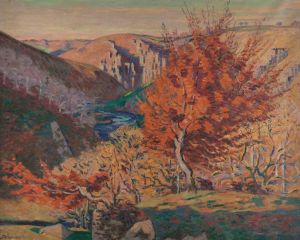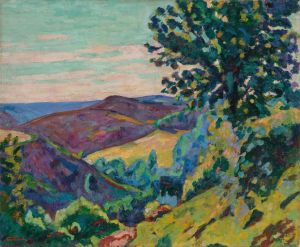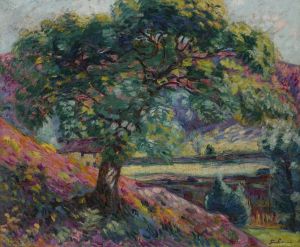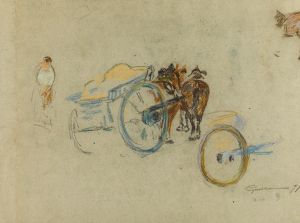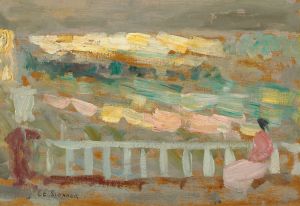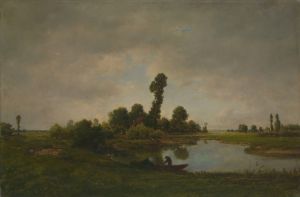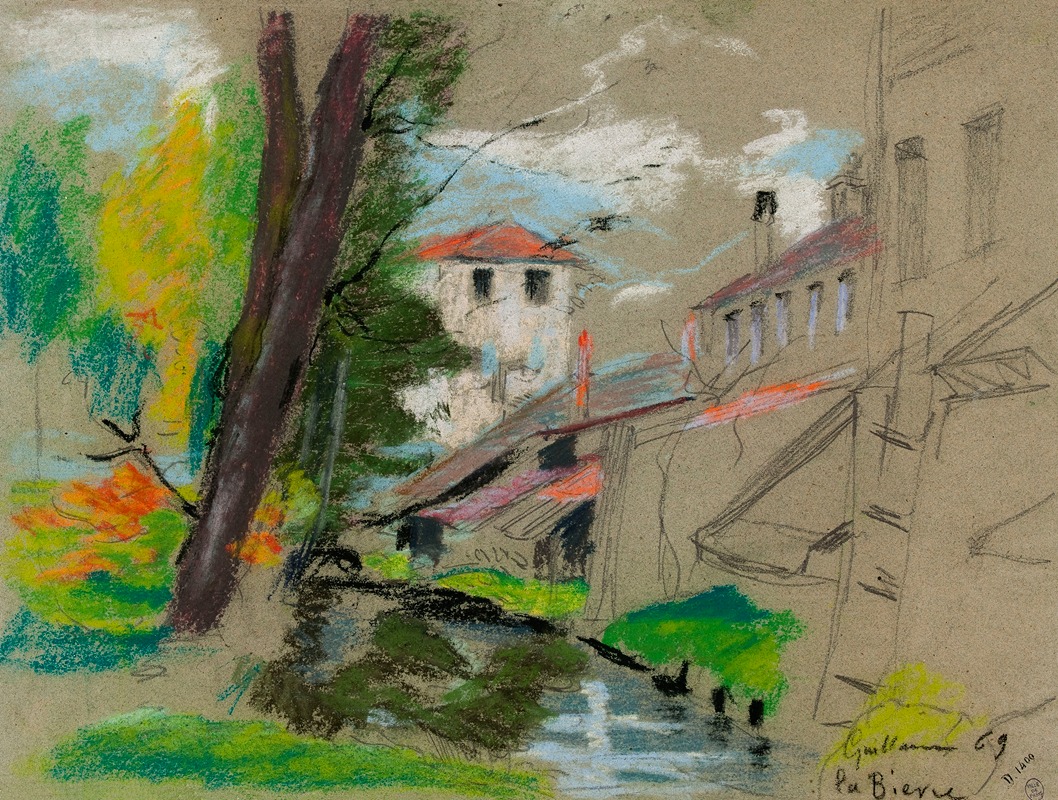
La Bièvre
A hand-painted replica of Armand Guillaumin’s masterpiece La Bièvre, meticulously crafted by professional artists to capture the true essence of the original. Each piece is created with museum-quality canvas and rare mineral pigments, carefully painted by experienced artists with delicate brushstrokes and rich, layered colors to perfectly recreate the texture of the original artwork. Unlike machine-printed reproductions, this hand-painted version brings the painting to life, infused with the artist’s emotions and skill in every stroke. Whether for personal collection or home decoration, it instantly elevates the artistic atmosphere of any space.
Armand Guillaumin was a prominent French Impressionist painter known for his vibrant landscapes and vivid use of color. One of his notable works is "La Bièvre," which captures the essence of the Bièvre River, a tributary of the Seine that flows through the southern suburbs of Paris. This painting exemplifies Guillaumin's dedication to plein air painting, a technique that involves painting outdoors to capture the natural light and atmosphere of a scene.
"La Bièvre" is a testament to Guillaumin's skill in portraying the natural environment with a sense of immediacy and vitality. The painting showcases the river's serene flow through a lush landscape, with trees and vegetation depicted in rich, expressive brushstrokes. Guillaumin's use of color is particularly striking; he employs a palette that includes vibrant greens, blues, and earthy tones to convey the dynamic interplay of light and shadow on the water and surrounding foliage.
Guillaumin was part of the first group of artists to exhibit at the Salon des Refusés in 1863, a pivotal event that marked the beginning of the Impressionist movement. Although he did not achieve the same level of fame as some of his contemporaries, such as Claude Monet or Pierre-Auguste Renoir, Guillaumin's contributions to the movement were significant. His works are characterized by their bold color schemes and the ability to capture the transient effects of light, which were central to the Impressionist ethos.
The Bièvre River, the subject of this painting, has a rich history. In the 19th century, it was an important industrial waterway, lined with tanneries, dye works, and other factories. However, Guillaumin's depiction of the river focuses on its natural beauty rather than its industrial aspects. This choice reflects the broader Impressionist interest in capturing the beauty of everyday scenes and the changing qualities of natural light.
Guillaumin's connection to the Impressionist movement was further solidified through his friendships with other artists, including Camille Pissarro and Paul Cézanne. These relationships influenced his artistic development and helped him refine his approach to capturing the essence of the natural world. Despite facing financial difficulties throughout his life, Guillaumin remained committed to his artistic vision, often painting the landscapes of the Île-de-France region, where the Bièvre River is located.
"La Bièvre" is an excellent example of Guillaumin's ability to transform a simple landscape into a vibrant and dynamic composition. His attention to detail and mastery of color create a sense of movement and life, inviting viewers to experience the tranquility and beauty of the scene. Today, Guillaumin's works, including "La Bièvre," are celebrated for their contribution to the Impressionist movement and their enduring appeal as representations of the natural world.
In summary, Armand Guillaumin's "La Bièvre" is a significant work within the Impressionist canon, highlighting the artist's skill in capturing the interplay of light and color in a natural setting. Through this painting, Guillaumin invites viewers to appreciate the serene beauty of the Bièvre River, offering a glimpse into the artist's unique perspective on the world around him.





